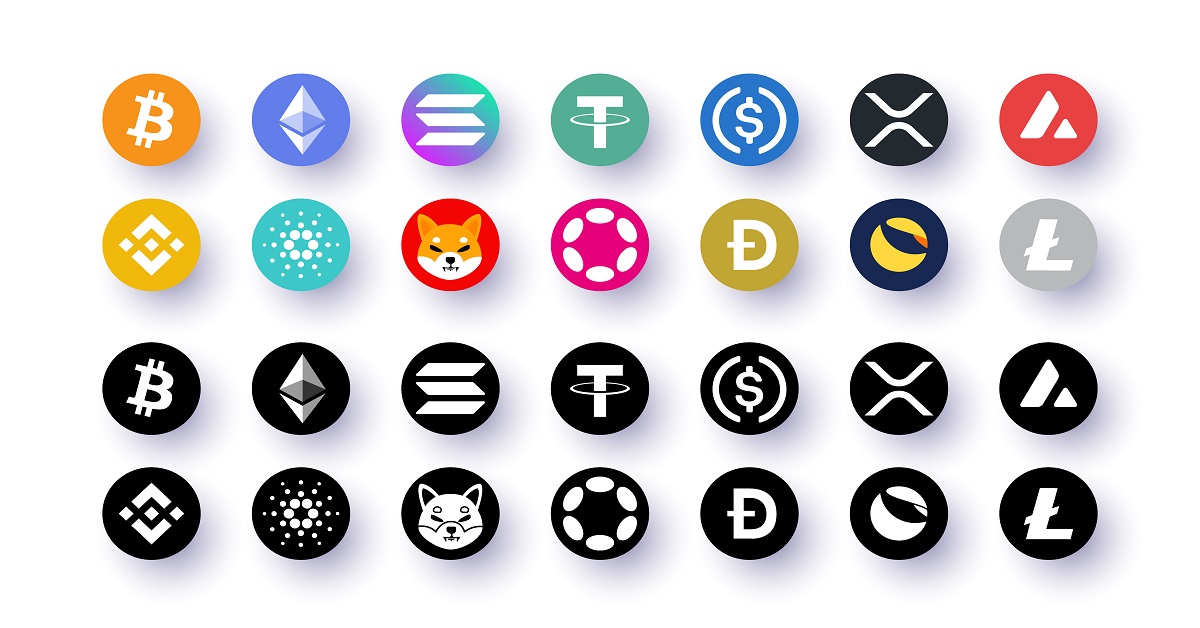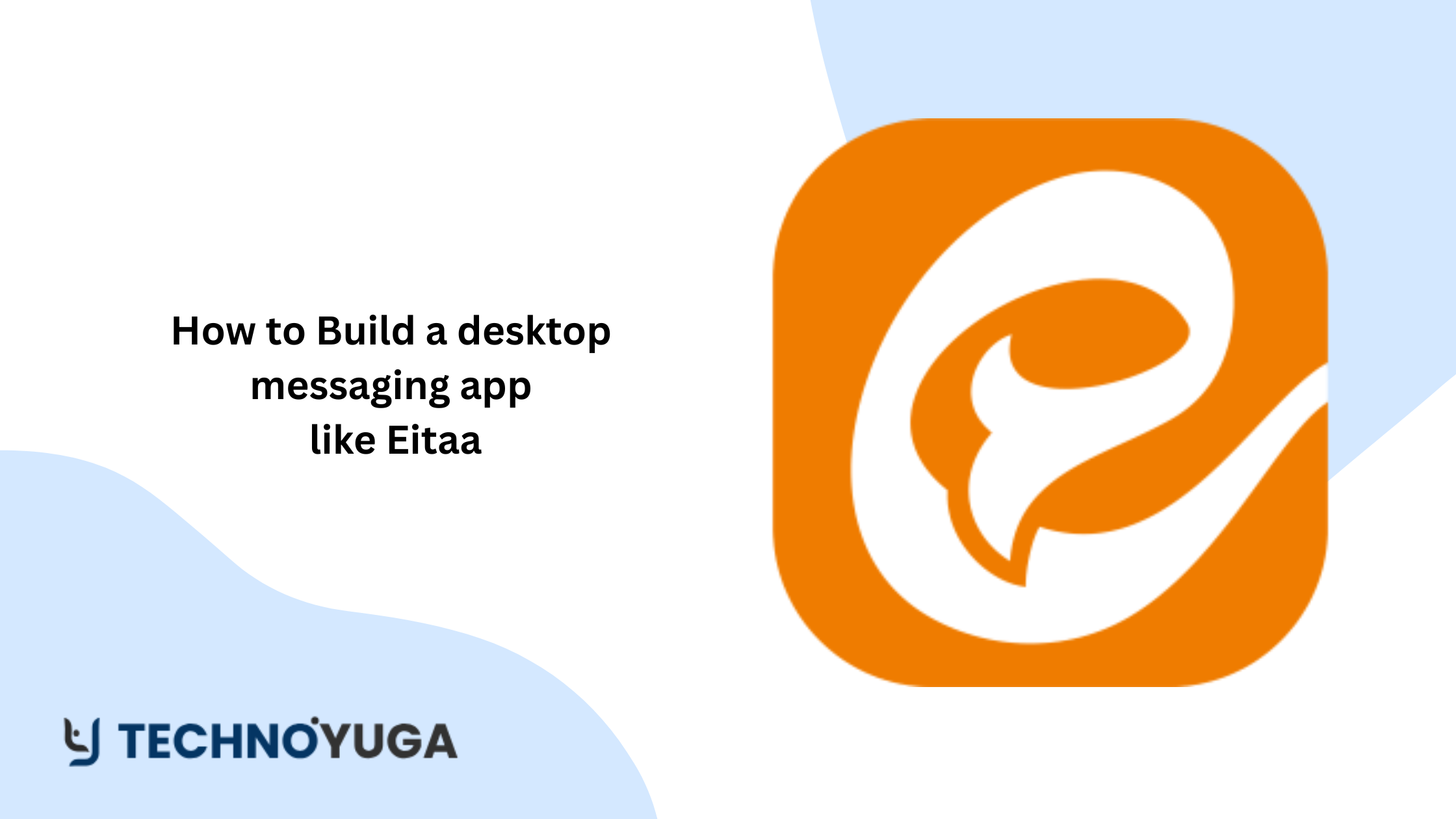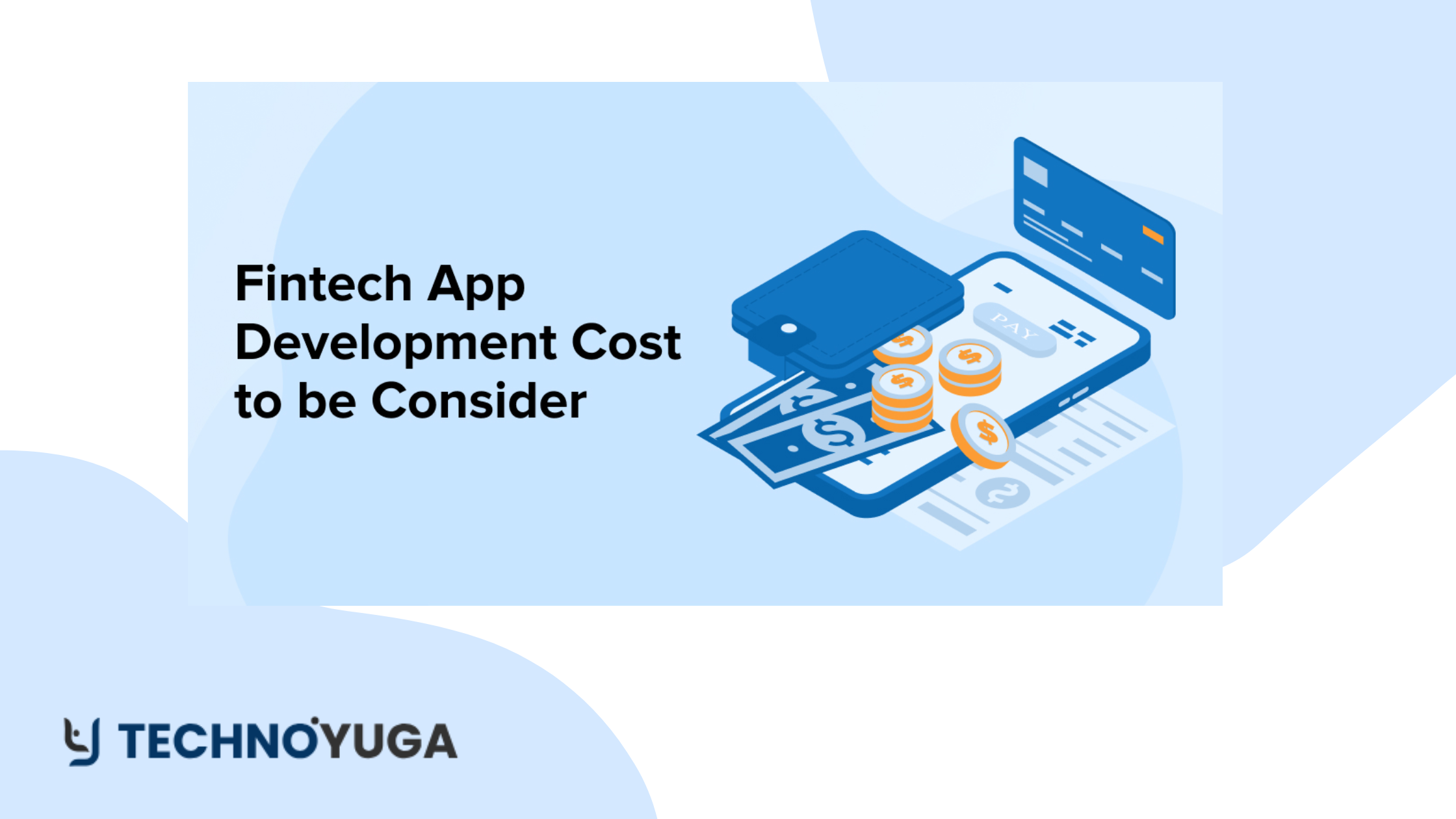As the adoption of digital assets continues to surge globally, the demand for secure, user-friendly cryptocurrency wallets is at an all-time high. Businesses, startups, and entrepreneurs are increasingly exploring how to build a crypto wallet to serve the growing needs of modern crypto users. Whether you’re aiming to develop a cryptocurrency wallet from scratch for personal use, exchange services, or a fintech product, understanding the process of cryptocurrency wallet development is crucial.
From selecting the best technologies for crypto wallet development to ensuring top-notch crypto wallet security features, every stage requires careful planning and execution. You must consider factors such as private key management in crypto wallets, seamless blockchain integration in cryptocurrency wallets, and even advanced features like smart contract integration in crypto wallets for DeFi capabilities.
In this blog, we’ll break down the complete journey of crypto wallet app development—highlighting key steps, must-have features, essential security practices, and the differences between hot wallet vs cold wallet development. We’ll also touch on crypto wallet UI/UX best practices, how to develop a multi-currency crypto wallet, and the typical cryptocurrency wallet development cost you can expect.
Whether you’re a startup looking for a cryptocurrency wallet development company, a business wanting to hire dedicated developers, or a tech founder exploring blockchain wallet development, this guide is your go-to resource. Backed by the expertise of a seasoned blockchain development company, this article will help you navigate through the essential elements of cryptocurrency wallet development—from idea to launch.
Ready to create a secure crypto wallet that stands out in today’s fast-evolving digital finance landscape? Let’s dive into the technical, design, and strategic aspects of wallet development with insights from top blockchain app development companies and industry professionals.
Understanding the Basics of Crypto Wallet
Before diving into the technicalities of crypto wallet app development, it’s essential to understand what a cryptocurrency wallet is and how it works. A crypto wallet is not like a traditional wallet that holds physical currency. Instead, it’s a software application that stores and manages private and public keys, enabling users to securely send, receive, and manage cryptocurrencies on a blockchain network.
How Does a Crypto Wallet Work?
At its core, a crypto wallet interacts with blockchain networks to process transactions. It doesn’t store cryptocurrencies directly; instead, it stores cryptographic keys—specifically:
- Public Key: This is like your account number. It’s used to generate wallet addresses that can be shared with others to receive funds.
- Private Key: This is your password or PIN. It must be kept secret, as it allows you to sign transactions and access your funds.
Effective private key management in crypto wallets is critical to ensure the security and integrity of the wallet.
Wallet Address and Transactions
When someone sends you cryptocurrency, they’re actually assigning ownership of the digital assets to your wallet address (generated from your public key). To access and spend these assets, you must sign the transaction using your private key. This is why crypto wallet security features like encryption, biometric access, and two-factor authentication (2FA) are crucial.
Hot Wallet vs Cold Wallet Development
When considering blockchain wallet development, it’s important to choose the right type of wallet:
- Hot Wallets: These are connected to the internet (e.g., mobile apps, web wallets). They’re ideal for frequent transactions and offer high usability. However, they are more vulnerable to cyberattacks and require robust security architecture.
- Cold Wallets: These are offline wallets (e.g., hardware wallets, paper wallets) and are considered more secure for long-term storage. They are ideal for users who prioritize asset protection over daily usage.
The choice between hot wallet vs cold wallet development depends on your project goals, user requirements, and security priorities.
Custodial vs Non-Custodial Wallets
- Custodial Wallets: A third party (like an exchange) holds and manages the user’s private keys. These wallets are easier to use but rely on the service provider’s security protocols.
- Non-Custodial Wallets: Users retain full control of their private keys and, by extension, their assets. These wallets offer more control and privacy but require users to manage their own keys responsibly.
Use Cases for Crypto Wallets
1. Personal Use
Crypto wallets for personal use allow individuals to store, send, and receive cryptocurrencies securely. Users can manage multiple assets, track transaction history, and access their funds anytime. These wallets are designed with user-friendly interfaces, strong encryption, and backup features to ensure ease of use and safety for everyday transactions or long-term holding.
2. Enterprise-Level Asset Management
Businesses use crypto wallets to manage large volumes of digital assets across multiple accounts or users. These wallets often include advanced security features, such as multi-signature authentication and role-based access control. Enterprises can track transactions, monitor portfolio performance, and integrate wallets into accounting systems for streamlined crypto asset management and regulatory compliance.
3. Crypto Trading Platforms
Crypto exchanges and trading platforms require integrated wallets to allow users to deposit, trade, and withdraw cryptocurrencies. These wallets are often custodial and must be built with high-performance architecture, liquidity management, and real-time monitoring tools. Ensuring wallet security, speed, and scalability is essential to handle high transaction volumes and protect user funds.
4. NFT Storage and Management
Wallets that support NFTs allow users to store, display, transfer, and interact with non-fungible tokens. These wallets integrate with NFT marketplaces and provide visual galleries, metadata viewing, and smart contract functionality. Security for NFT wallets is crucial, as they often hold high-value digital art and collectibles tied to blockchain-based ownership records.
5. DeFi Applications
Crypto wallets in DeFi allow users to interact directly with decentralized finance protocols, including lending, borrowing, staking, and yield farming. These wallets often require seamless smart contract integration to authorize transactions securely. DeFi wallets support multiple assets and chains and emphasize transparency and self-custody, giving users full control over their financial activities.
6. Payment and Remittance Services
Wallets built for payments and remittances enable fast, low-cost cross-border transactions using cryptocurrencies. These wallets typically include fiat conversion, QR-based payments, and real-time exchange rates. They’re ideal for users in underbanked regions or businesses accepting crypto payments, offering a more efficient alternative to traditional banking systems and remittance channels.
Types of Cryptocurrency Wallets
Choosing the right type of wallet is a foundational step in cryptocurrency wallet development. Wallets are broadly categorized based on how they store private keys and whether they are connected to the internet. Here’s a breakdown of the most common types:
1. Hot Wallets
- Hot wallets are connected to the internet, making them ideal for frequent transactions. They offer convenience and speed but come with a higher risk of cyberattacks due to their online nature. Common types include:
- Mobile Wallets: Installed as apps on smartphones, mobile wallets are great for on-the-go transactions. They often include features like QR scanning and push notifications.
- Web Wallets: Accessible via browsers, these are hosted on centralized or decentralized platforms and offer easy access from any device.
- Desktop Wallets: Installed on a computer, they offer more control and are often used by advanced users for managing larger amounts.
- Hot wallet vs cold wallet development is a critical decision based on the intended use and user base.
2. Cold Wallets
- Cold wallets are offline wallets used for secure, long-term storage. Because they are not connected to the internet, they are significantly less vulnerable to hacking attempts. Popular types include:
- Hardware Wallets: Physical devices (like Ledger or Trezor) that store private keys securely offline. They must be connected to a computer to initiate a transaction.
- Paper Wallets: A printed piece of paper containing public and private keys or a QR code. While cost-effective, they require careful handling and backup.
- Cold wallets are preferred for holding large sums of crypto securely over long periods.
3. Custodial Wallets
- In custodial wallets, a third party (like a crypto exchange) holds the private keys on behalf of the user. These wallets are user-friendly and come with recovery options but offer less control over assets.
- This model is commonly used by crypto trading platforms and is ideal for beginners or users who prioritize convenience over decentralization.
4. Non-Custodial Wallets
- Non-custodial wallets give users full control over their private keys. They’re ideal for experienced users who value privacy, decentralization, and ownership. However, if users lose access to their seed phrase or private key, there’s no way to recover the wallet.
- Non-custodial solutions are essential in DeFi applications, where trustless interactions and user control are key.
5. Multi-Currency Wallets
These wallets allow users to store and manage multiple cryptocurrencies in a single interface. Building a multi-currency crypto wallet requires smart blockchain integration and support for various standards like ERC-20, BEP-20, and more. They’re ideal for users who want portfolio diversity and convenient access to different digital assets.
6. Smart Contract Wallets
Smart contract wallets are programmable wallets built on blockchain platforms like Ethereum. They offer features like transaction batching, custom access rules, social recovery, and gas fee optimization. These wallets are particularly useful for advanced users and enterprises exploring DeFi or complex on-chain operations.
Key Features to Include in Your Wallet
1. User Registration and Authentication
User onboarding should be simple yet secure. Your crypto wallet must offer flexible registration options like email, phone number, or social media sign-up, coupled with strong authentication methods such as 2FA, biometric verification (fingerprint or face ID), and OTP-based login.
Implementing role-based access and device authorization adds another layer of protection. This feature is vital for safeguarding user accounts against unauthorized access while ensuring a smooth user experience. By combining usability with multi-layered security, you improve both trust and retention. Integration with secure authentication APIs can further reduce development time and boost security standards.
2. Multi-Currency Support
Modern users typically hold a diversified portfolio of digital assets. A robust wallet should support multiple cryptocurrencies like Bitcoin, Ethereum, and other ERC-20 or BEP-20 tokens. Building a multi-currency crypto wallet involves integrating multiple blockchain protocols, providing token management, and ensuring seamless transactions across different chains. This feature appeals to traders, investors, and DeFi enthusiasts alike.
By offering a unified dashboard that displays real-time balances, transaction history, and portfolio analytics, you enhance the wallet’s usability and attractiveness. Supporting emerging tokens and cross-chain compatibility will also future-proof your wallet and expand its user base.
3. Send and Receive Cryptocurrency
At the core of any cryptocurrency wallet lies its ability to send and receive digital assets securely. This feature should allow users to input addresses manually or scan QR codes for convenience. Transactions must be signed securely using the user’s private key and broadcast to the blockchain in real time.
A confirmation screen with fee estimates and transaction previews improves transparency. You should also integrate status tracking through APIs from blockchain explorers. A smooth, intuitive flow for transactions enhances user confidence and satisfaction, especially for new users entering the crypto ecosystem for the first time.
4. Transaction History and Tracking
Displaying a detailed transaction history allows users to track all incoming and outgoing funds easily. Your wallet should show transaction hashes, timestamps, block confirmations, sender/receiver addresses, and associated fees. Sorting and filtering features enhance usability, while visual indicators (pending, completed, failed) improve clarity. Integrating with block explorers provides transparency and validation for users.
You can further enrich this feature by offering CSV export or downloadable reports, which are particularly useful for tax reporting and auditing purposes. Well-designed transaction logs boost trust in your app and help users manage their crypto activity effectively and responsibly.
5. QR Code Scanner
A QR code scanner simplifies wallet interactions, especially on mobile. Instead of manually entering long and error-prone wallet addresses, users can scan a recipient’s QR code to send crypto instantly. This feature enhances the speed and accuracy of transactions and is particularly beneficial for in-person payments or e-commerce integrations.
Implement real-time camera access with support for standard QR formats like BIP-21 (Bitcoin Payment Protocol). Ensure that the scanner is secure, fast, and compatible with all supported currencies. This small but powerful addition significantly improves the overall user experience and usability of your wallet app.
6. Real-Time Exchange Rates
Incorporating real-time exchange rates helps users make informed decisions by showing the current fiat value of their crypto holdings. This feature is essential for tracking portfolio performance and planning transactions.
Integrate with reliable third-party APIs like CoinGecko, CoinMarketCap, or CryptoCompare to fetch accurate, up-to-date prices. Display conversions between cryptocurrencies and multiple fiat currencies like USD, EUR, and INR. You can also provide historical price charts and rate change alerts for added value. Real-time pricing brings transparency and relevance to your wallet, especially for traders and users dealing with fluctuating market conditions.
7. Backup and Recovery Options
Backup and recovery functionality is crucial for user trust. Wallets should provide users with a seed phrase (typically 12–24 words) during setup, which can later be used to recover their account. Educate users on storing it securely, as losing this phrase means losing access to their assets. You can also offer cloud-based encrypted backups or social recovery options with trusted contacts or email verification. Reinforce secure private key management in crypto wallets to minimize risks. By providing multiple, secure recovery methods, your wallet becomes more resilient against loss or accidental deletion.
8. Push Notifications
Push notifications keep users updated about incoming transactions, market changes, and security alerts. They improve engagement and add a layer of transparency. Your wallet should allow users to customize notification preferences—whether it’s for successful transfers, token price alerts, or login attempts. Real-time notifications via Firebase or other messaging services ensure timely updates, which are particularly helpful during market volatility.
This feature also reinforces security by immediately alerting users of unauthorized activity. Ensure messages are informative, well-timed, and not overly frequent, so they enhance rather than overwhelm the user experience.
9. Private Key and Seed Phrase Management
Managing private keys securely is one of the most important elements of crypto wallet security features. Your wallet should offer encrypted local storage, use secure hardware-backed keystores (like Android Keystore or Apple Secure Enclave), and never transmit keys over the internet. Display seed phrases only once and ensure users understand their significance. Consider implementing biometric access for added convenience while preserving security
. Clear user education, backup prompts, and guided walkthroughs make this feature more approachable for beginners. Poor key management is a common failure point, so this must be handled with utmost care and clarity.
10. Multi-Layer Security Features
Security is non-negotiable in blockchain wallet development. Include multiple layers such as PIN/password protection, biometric login, 2FA, anti-phishing codes, and transaction verification. Use secure API communication (HTTPS/SSL), encrypt stored data, and implement fraud detection mechanisms.
Code obfuscation, jailbreak/root detection, and device binding can prevent tampering. Regular security audits and vulnerability testing should be part of your development lifecycle. These features build trust and reduce the likelihood of exploits. As cyber threats evolve, staying proactive with crypto wallet security features can make or break your app’s reputation.
Choosing the Right Tech Stack
1. Frontend Technologies
For a responsive and intuitive user interface, choose frontend frameworks like React Native or Flutter for mobile, and React.js or Vue.js for web wallets. These technologies enable cross-platform development, reduce time-to-market, and offer smooth, scalable UI/UX. Use Redux or MobX for state management, and Tailwind CSS or Material UI for styling. Opting for the right frontend tools ensures that your wallet is not only functional but also appealing and user-friendly—important for both beginner and advanced users interacting with complex blockchain data and transactions.
2. Backend Technologies
Your backend must be fast, secure, and scalable. Popular choices include Node.js, Python (Django/Flask), or Go. These frameworks are ideal for handling concurrent blockchain calls, transaction queues, and user authentication.
Use Express.js for APIs and MongoDB or PostgreSQL for database management. Include caching tools like Redis to optimize performance. Your backend should also support modular integration of services such as exchange rates, analytics, or KYC. A solid backend is the backbone of your wallet’s reliability, especially when scaling to thousands or millions of users in real-time environments.
3. Blockchain Platforms
The choice of blockchain(s) depends on your wallet’s purpose. For multi-currency wallets, integrate Ethereum, Bitcoin, Binance Smart Chain, and Polygon. Use SDKs and libraries like web3.js, ethers.js, or bitcoinjs-lib to interact with different networks.
For cross-chain capabilities, consider protocols like Cosmos or Polkadot. Ensure your architecture can accommodate smart contract integration and seamless blockchain integration in cryptocurrency wallets. Choose networks with strong community support and solid documentation. The right blockchain platforms not only define compatibility but also influence scalability, transaction speed, and future-proofing your wallet app.
4. Security Tools and Libraries
Security is foundational. Use OpenSSL, libsodium, or Bouncy Castle for cryptographic operations like encryption, hashing, and key generation. Leverage JWT for secure authentication, and OWASP guidelines to identify and mitigate common web vulnerabilities. Implement secure key storage APIs such as Android’s Keystore and Apple’s Secure Enclave for managing private keys. Integrate firewalls, rate limiters, and WAFs to prevent brute-force attacks. Conduct regular pen testing and code audits. Choosing the right security stack is crucial to meet industry standards and maintain user trust in your crypto wallet.
Steps To Develop a Cryptocurrency Wallet from Scratch
1. Define the Wallet Type and Purpose
The first step is to identify the type of wallet you want to build—hot wallet, cold wallet, custodial, non-custodial, or a multi-currency wallet. Define your target audience and the wallet’s key use cases such as trading, storage, or DeFi integration. This clarity helps determine core functionalities, tech requirements, and compliance needs. Deciding the purpose also influences design choices like whether to prioritize security, ease of use, or multi-platform accessibility. This planning stage is crucial for aligning the product vision with market needs and creating a clear development roadmap.
2. Choose the Right Technology Stack
Selecting the right tech stack is foundational for performance and scalability. For frontend development, use React Native or Flutter for mobile apps, and React.js or Vue.js for web interfaces. Backend frameworks like Node.js, Django, or Go handle business logic and API management.
For blockchain interaction, use libraries like web3.js, ethers.js, or bitcoinjs-lib. Also integrate real-time APIs for exchange rates, KYC, and push notifications. Prioritize technologies that support modular architecture, efficient blockchain integration, and strong encryption for crypto wallet security features.
3. Design Secure Wallet Architecture
A secure and scalable architecture forms the backbone of your wallet. Divide it into layers: frontend (user interface), backend (logic and APIs), blockchain integration, and security modules. Incorporate encrypted key storage, transaction signing, rate limiting, and threat detection. For non-custodial wallets, implement client-side private key generation and seed phrase backups.
For custodial solutions, create secure vault systems and monitor access logs. Design a database that avoids storing sensitive info while supporting real-time updates. Strong architectural planning ensures robustness, future scalability, and protection against potential threats or performance bottlenecks.
4. Implement Core Wallet Features
Develop key functionalities including wallet creation, multi-currency support, send/receive crypto, QR code scanning, and transaction history. Integrate with blockchains using relevant SDKs or APIs to fetch balances, sign transactions, and confirm transfers.
Ensure accurate exchange rates using services like CoinGecko or CoinMarketCap. Add push notifications, backup and recovery options, and multi-layered security. Don’t forget mobile-first design and crypto wallet UI/UX best practices. These features form the core of your product and must be built with reliability and user-friendliness in mind to ensure wide adoption and retention.
5. Ensure Strong Security Measures
Security is non-negotiable in crypto wallet app development. Use AES-256 encryption, HTTPS protocols, and JWT tokens for secure communications. Protect private keys via OS-level secure storage (Android Keystore, iOS Secure Enclave).
Implement 2FA, PIN protection, biometric authentication, and transaction confirmation screens. Also perform regular security audits, penetration tests, and vulnerability scanning. Good private key management in crypto wallets and hot wallet vs cold wallet development strategies ensure long-term asset protection and build user trust.
6. Integrate Smart Contracts (If Applicable)
If you’re targeting DeFi, staking, or dApp use cases, smart contract integration in crypto wallets is essential. Develop or interact with smart contracts using Solidity and test them thoroughly with Truffle or Hardhat. Connect the wallet to Ethereum or compatible networks using web3.js or ethers.js.
Ensure that your wallet can execute contract functions, monitor events, and manage gas fees. Add UI elements to interact with these contracts safely and intuitively. Test contract interactions on testnets like Ropsten or Mumbai before mainnet deployment. Always audit smart contracts for vulnerabilities and compliance risks.
7. Conduct Thorough Testing
Testing ensures your wallet is reliable, secure, and user-friendly. Perform unit tests, integration tests, and UI/UX testing across multiple devices and platforms. Simulate real-world scenarios to validate transaction accuracy, key generation, and failure handling. Conduct load testing to verify performance under traffic. Include security testing like pen tests and data injection attacks. For blockchain-specific scenarios, use testnets for Ethereum, Bitcoin, and BSC to test wallet operations without real funds. Ensure backups and recovery work flawlessly. Testing is the final checkpoint before release, and it significantly reduces post-launch bugs and security issues.
8. Deploy and Maintain the Wallet
Once testing is complete, deploy the wallet to App Store, Google Play, or your desired platform. Use CI/CD pipelines to automate builds, tests, and deployments. Monitor system performance, crashes, and blockchain connectivity in real time. Post-launch, gather user feedback, fix bugs, and roll out updates regularly.
Provide customer support, manage upgrades, and improve security continuously. Include analytics to study user behavior and enhance features. Partner with a reliable cryptocurrency wallet development company or hire dedicated developers for ongoing support. Long-term maintenance ensures that your wallet remains competitive, secure, and future-ready.
Conclusion
Developing a cryptocurrency wallet from scratch requires a blend of blockchain expertise, security-first thinking, and user-centered design. By carefully choosing your tech stack, integrating robust features, and prioritizing security, you can create a scalable, secure, and user-friendly wallet.
Whether you’re building for beginners or seasoned investors, every step—from wallet architecture to blockchain integration—should focus on performance, compliance, and usability. Partnering with an experienced cryptocurrency wallet development company or hiring dedicated blockchain developers ensures a smooth process and a future-proof product. Start with a clear vision and build a wallet that users can trust and rely on.
FAQs
1. How much does cryptocurrency wallet development cost?
The cost depends on wallet complexity, features, supported blockchains, and development type (web/mobile). A basic wallet may start at $25,000, while a full-featured multi-currency wallet can go beyond $100,000.
2. What is the difference between hot and cold wallets?
Hot wallets are connected to the internet for convenience but are more exposed to threats. Cold wallets operate offline, offering better security but requiring manual steps for transactions and access.
3. Is it better to build a custodial or non-custodial wallet?
Non-custodial wallets offer users full control of their keys and funds, ensuring privacy and decentralization. Custodial wallets are easier for beginners but put responsibility on the service provider for asset security.
4. What are the best technologies for crypto wallet development?
Popular choices include React Native or Flutter for frontend, Node.js or Django for backend, and Web3.js or Ethers.js for blockchain interaction. Secure key storage and encryption libraries are also essential components.
5. Can I integrate multiple blockchains into one wallet?
Yes, multi-currency wallets can support Bitcoin, Ethereum, BSC, and more using SDKs and APIs. This requires careful design to manage addresses, keys, and blockchain interactions for each supported network.







